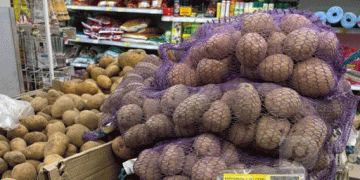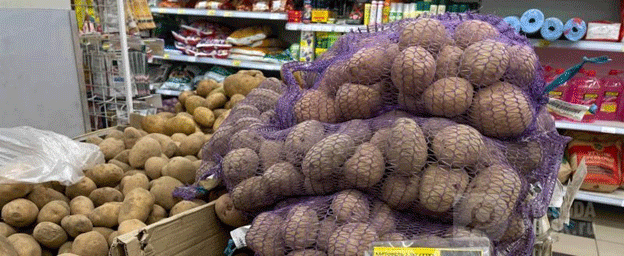According to reports from the Parliamentary Newspaper, the current prices for borscht ingredients are falling in anticipation of the harvest being stored away in vegetable storage facilities. Typically, once the vegetables are stored, prices tend to rise. This seasonal pattern is consistent, as highlighted by Andrey Kazakov, Executive Director of the Fruit and Vegetable Union, who states, “This is a traditional situation; it happens every year.”
As a result, now is the time for those without home gardens to purchase these vegetables in bulk. The drop in prices is primarily due to the recent harvests, which have just been collected and are not yet in storage, making this an ideal time to acquire supplies.
Impact of Weather on the 2024 Harvest
Looking ahead to the 2024 agricultural year, independent agricultural expert Alexander Korbut emphasizes that weather conditions have significantly influenced crop yields across various regions. The unusual climate events—including frost, drought, and heavy rainfall—have impacted many crops.
Despite these challenges, Korbut notes that Russian farmers have managed to navigate these difficulties fairly well overall. However, some crops, like apples, particularly in central Russia, may face challenges due to frost damage. Meanwhile, the potato and beet harvests are reportedly proceeding well, suggesting a stable supply for the near future.
The Importance of Strategic Purchasing
For farmers and agricultural professionals, understanding these market dynamics is crucial. With the current favorable pricing, now is the time to consider bulk purchases of vegetables with a longer shelf life. These include potatoes and beets, which are currently harvested and available at lower prices. As the storage phase begins, prices are expected to rise, making strategic purchasing essential for those looking to maximize their margins.
As we enter the season of borscht, the combination of lower prices and the availability of fresh produce presents a unique opportunity for farmers and consumers alike. By taking advantage of these market conditions now, agricultural stakeholders can prepare for the upcoming months when prices are likely to rise. Keeping an eye on weather patterns and their impact on crop yields will further inform purchasing decisions moving forward.































